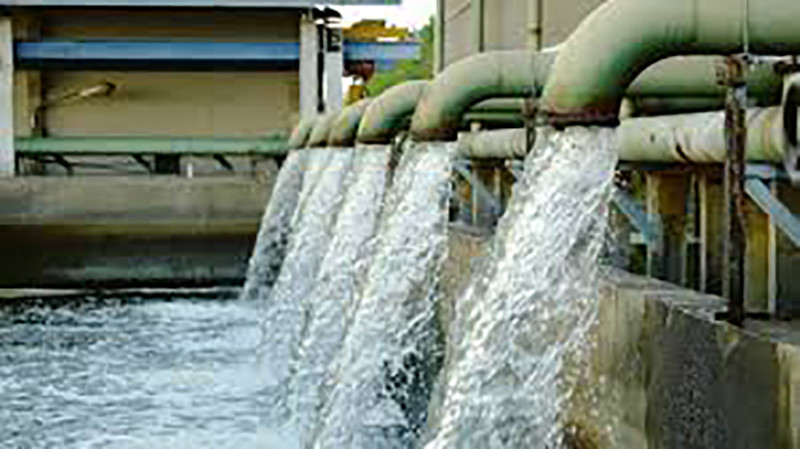Syed Ali Shah:
In Balochistan, a staggering 47 percent of children suffer from stunted growth, a dire consequence of malnutrition that disproportionately affects the impoverished and marginalized families across the province. However, amidst this crisis, it’s crucial to shed light on another vulnerable demographic: women of reproductive age.
Malnutrition extends its grip beyond the boundaries of childhood, ensnaring women in its grasp, particularly those in the prime of their reproductive years. Anemia, often stemming from iron deficiency, plagues these women, exacerbating the already dire situation. Moreover, wasting, a visible sign of undernourishment, afflicts many women, especially those from food-insecure communities.
The dire situation has prompted action from both federal and provincial authorities. With a Rs. 9 billion project underway, aimed at improving nutrition and food accessibility, there’s a glimmer of hope for those grappling with malnutrition in Balochistan. The initiative, spearheaded by the nutrition cell, targets malnourished children across 19 districts, underscoring the government’s commitment to tackling this pervasive issue.
In the fight against malnutrition, pregnant women emerge as a focal point. Recognizing the critical role of maternal health, efforts are being channeled towards ensuring the well-being of expectant mothers. Dr. Noor Baloch, head of the Balochistan nutrition directorate, emphasizes the importance of addressing maternal nutrition, highlighting its intergenerational impact.
Yet, the root causes of malnutrition extend beyond the realm of food scarcity. Water and hygiene emerge as critical determinants, compounding the challenges faced by Balochistan. A region plagued by drought-like conditions, Balochistan struggles to provide clean water, further exacerbating health disparities. The cohabitation of humans and animals in sharing water sources poses grave risks to public health, exacerbating the already precarious situation.
Despite the daunting challenges, there are glimmers of progress. Breastfeeding rates stand at 61 percent, surpassing national averages, offering a beacon of hope amidst adversity. However, significant hurdles remain, particularly concerning access to clean water—a fundamental necessity for combating malnutrition and fostering healthier communities.
In essence, the fight against malnutrition in Balochistan demands a multifaceted approach, one that addresses not only food security but also tackles underlying issues of water scarcity and hygiene. By prioritizing the health of women alongside children, and by addressing the broader social determinants, Balochistan can inch closer towards a future where malnutrition is but a distant memory.







